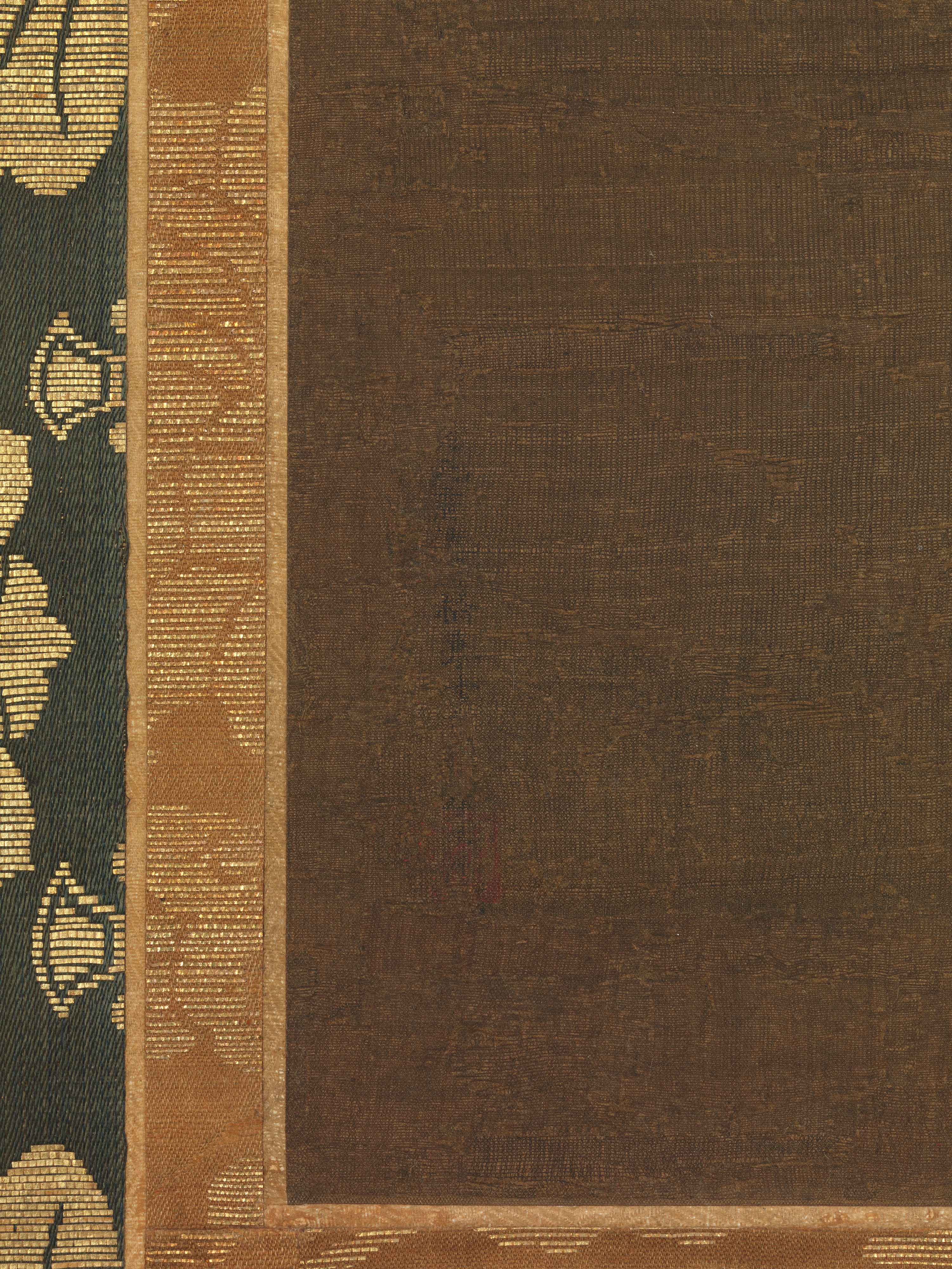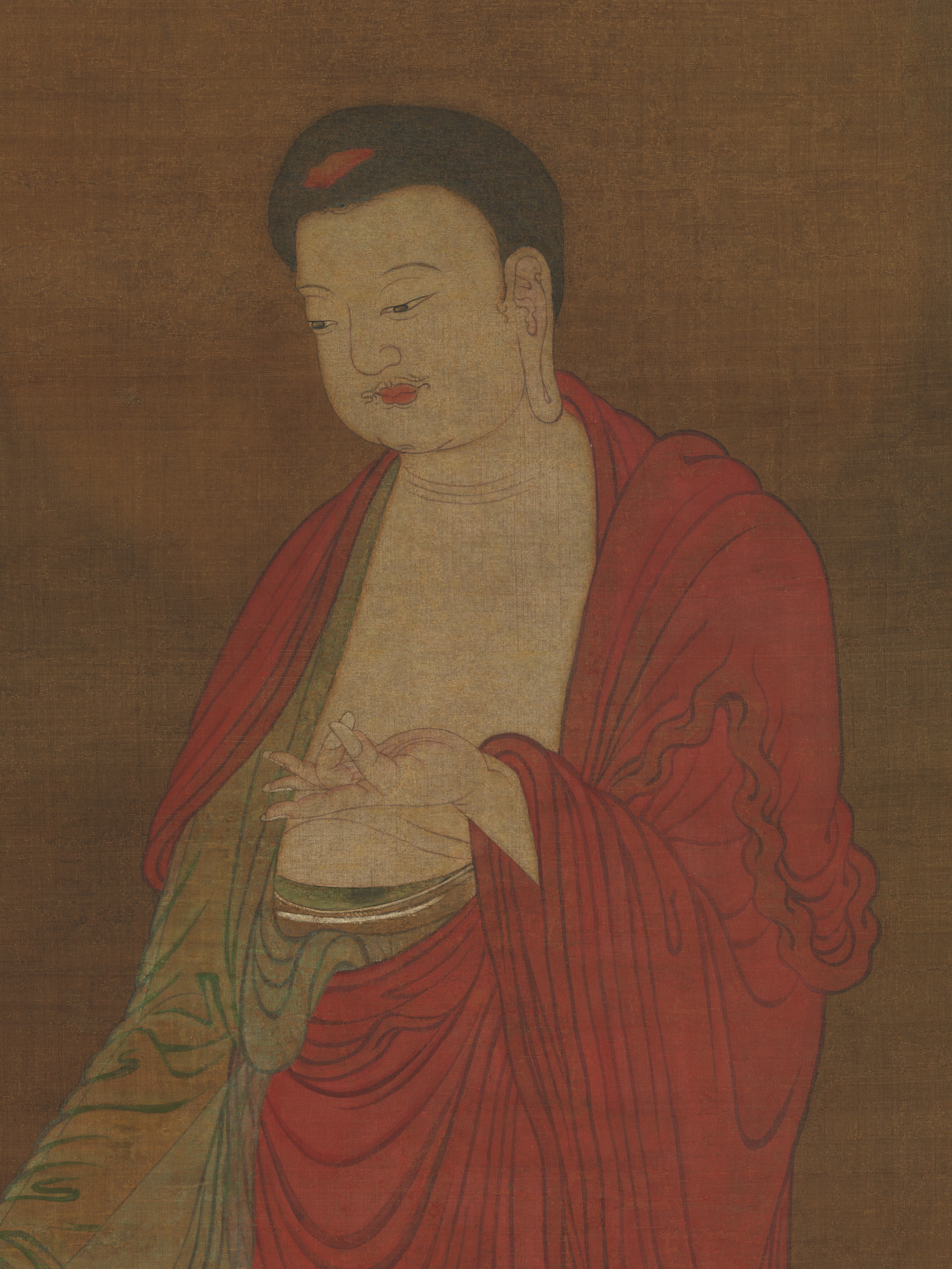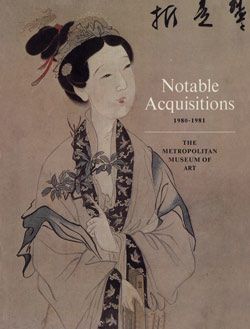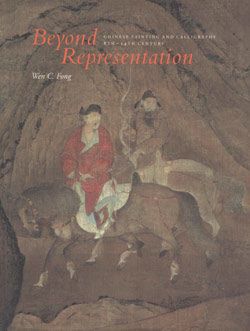Buddha Amitabha Descending from his Pure Land
Not on view
This painting, traditionally ascribed by Japanese scholars to a Song Buddhist painter named Zhang Sigong, represents the Buddha Amitabha (J.: Amida) welcoming souls into his Western Paradise. The drapery of the robe is drawn in the "scudding-cloud and running-water" style, a drapery pattern the Chinese used to recall the Indian origin of the Buddha image.
Infrared reflectography has revealed the following traces of an inscription in the lower left corner: "Qingyuanfu, east of Washing Horse Bridge. . . ." Since the name of the city of Ningbo was changed from Mingzhou to Qingyuanfu in 1195 and to Qingyuanlu in 1277, the painting may be dated to between 1195 and 1277. Stylistically, this work appears to date from the end of the twelfth or the beginning of the thirteenth century: the figure is extremely well drawn, with fine lines firmly describing the splendid face and hands of the image in a fully three-dimensional manner. An almost identical Buddha appears in one of the Daitokuji Five Hundred Luohans paintings, also made in Ningbo and dated 1178.
This image cannot be enlarged, viewed at full screen, or downloaded.
This artwork is meant to be viewed from right to left. Scroll left to view more.









